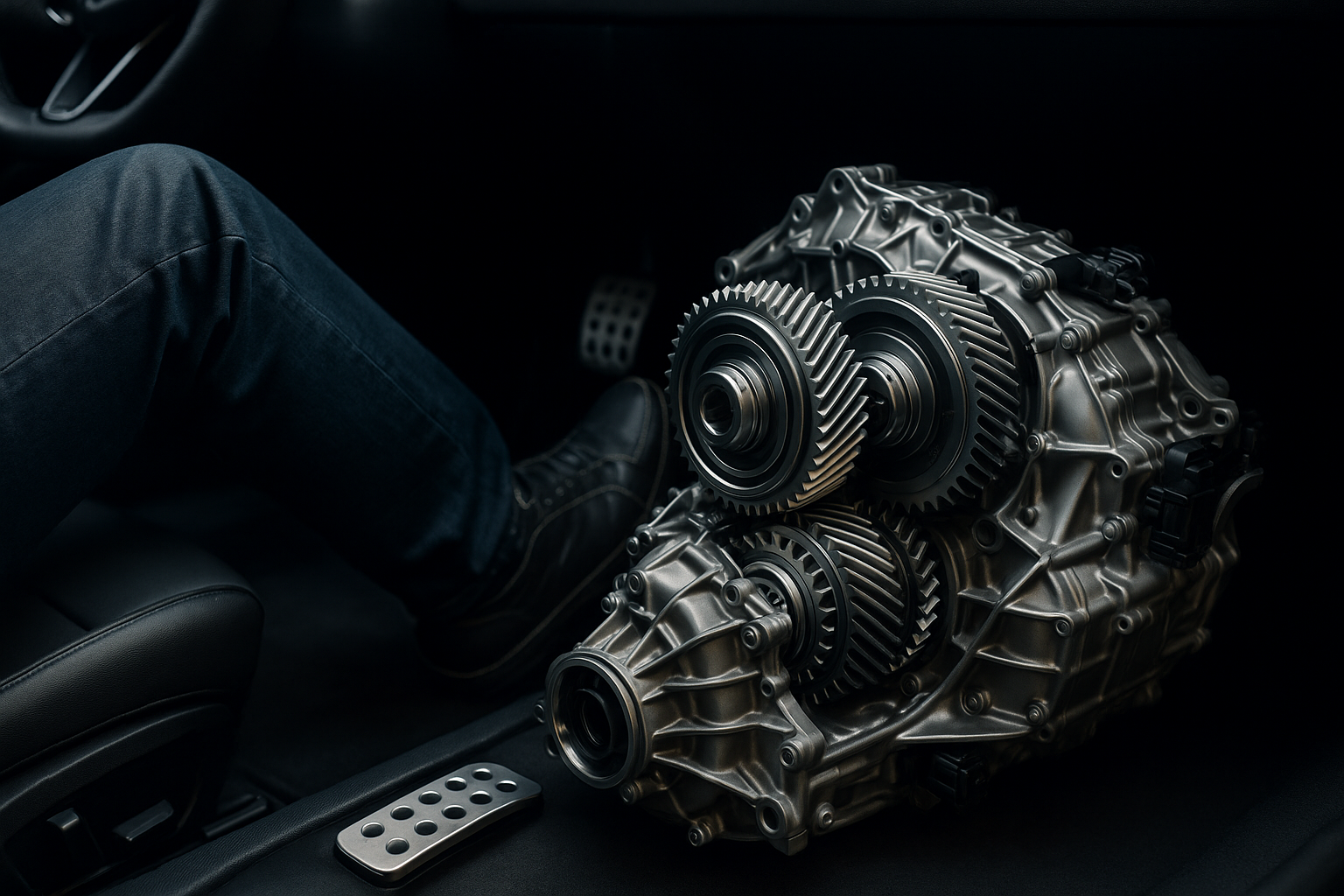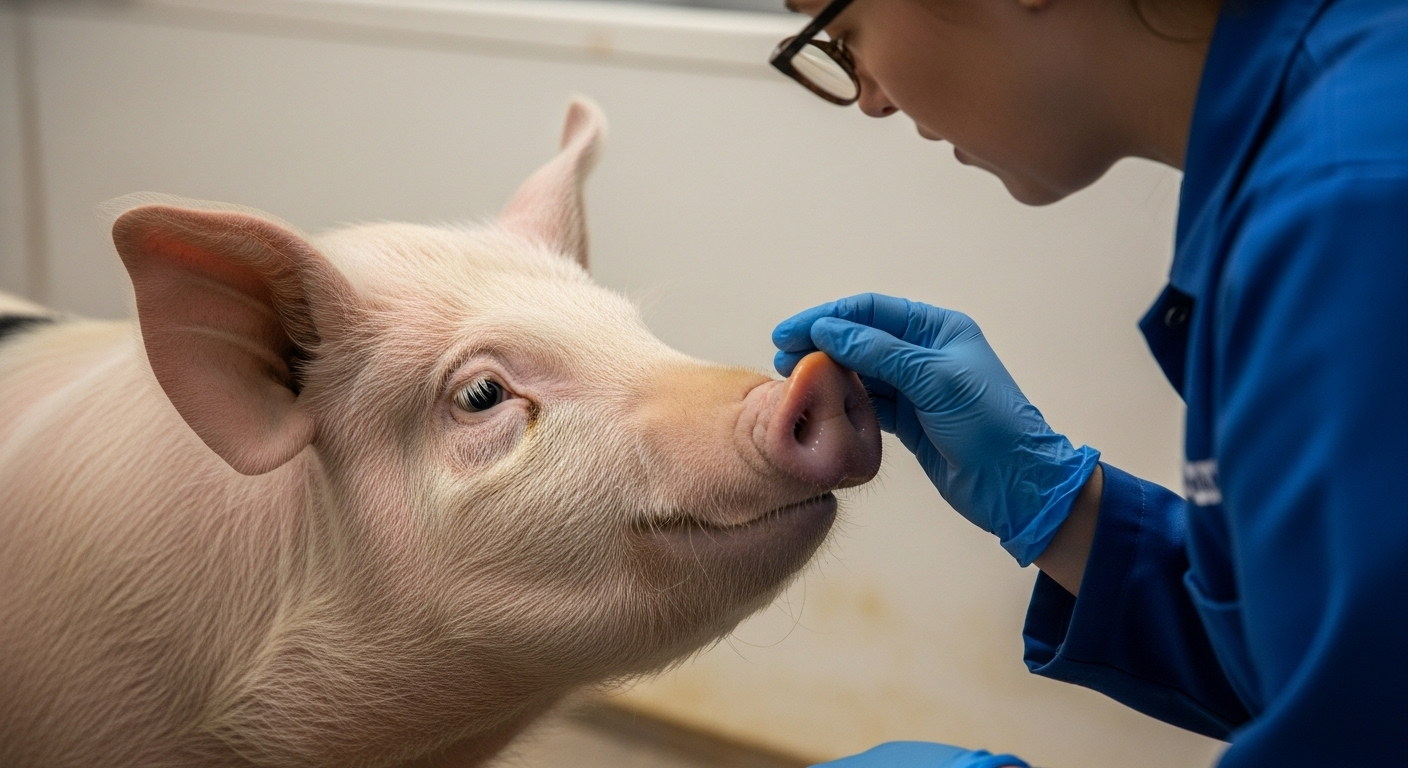Pushing the Pedal on Performance: The Intricacies of Dual Clutch Transmissions
As the world of automotive technology continues to evolve, one mechanical marvel stands out for its role in enhancing vehicle performance - the Dual Clutch Transmission (DCT). This piece delves into the workings of DCTs, their emergence, and the transformative impact they've made on driving experiences worldwide.

The Genesis of Dual Clutch Transmissions
The concept of Dual Clutch Transmissions is not a recent development. The roots of the technology can be traced back to the early 1930s when French engineer Adolphe Kégresse designed a dual-clutch transmission for the Citroën Traction Avant. However, it was the advent of digital electronics in the 1980s that truly made the DCT a feasible alternative to manual and automatic transmissions.
The Mechanics of Dual Clutch Transmissions
The magic of a Dual Clutch Transmission lies in its unique design, which essentially combines two separate transmissions into one housing. One clutch handles the odd-numbered gears, while the other manages the even-numbered gears. This system allows for incredibly fast gear shifts and efficient power delivery, significantly enhancing vehicle performance and fuel economy.
Dual Clutch Transmissions in the Modern Automotive Landscape
Today, DCTs have become a common feature in high-performance vehicles, from sports cars to luxury sedans. They offer a perfect blend of the control of a manual transmission with the ease of an automatic, making them a preferred choice for drivers seeking superior performance and comfort.
The Impact of Dual Clutch Transmissions
The introduction of DCTs has had a profound impact on the automotive industry. They’ve raised the bar for vehicle performance, offering quicker acceleration and smoother gear shifts, which have redefined driving experiences. However, like any technology, they come with their own set of challenges, including complex designs and higher maintenance costs.
The Future of Dual Clutch Transmissions
Despite these challenges, the future of Dual Clutch Transmissions appears bright. As automotive technology continues to evolve, we can expect further advancements in DCTs, including improved efficiency and reliability. The journey of the DCT is a testament to the relentless pursuit of performance and innovation in the automotive industry.
In conclusion, the Dual Clutch Transmission stands at the intersection of technology and performance, offering a unique blend of speed, control, and efficiency. While it may have its challenges, the DCT continues to redefine our expectations of what a transmission can do, pushing the boundaries of automotive engineering and offering an exhilarating driving experience. As we look to the future, the DCT is poised to remain a key player in the high-performance vehicle segment, driving innovation and setting new standards for automotive excellence.




